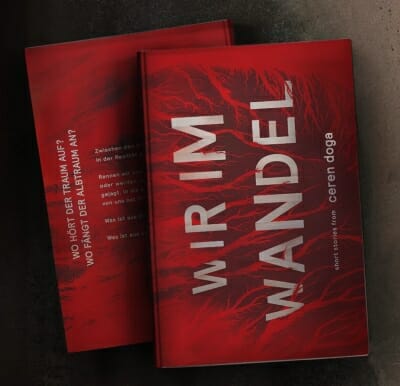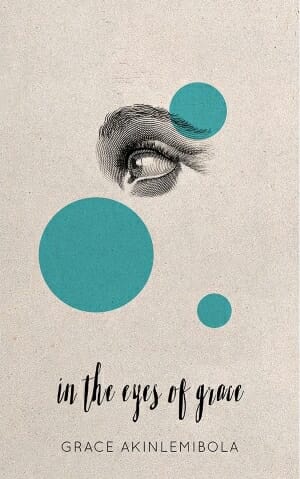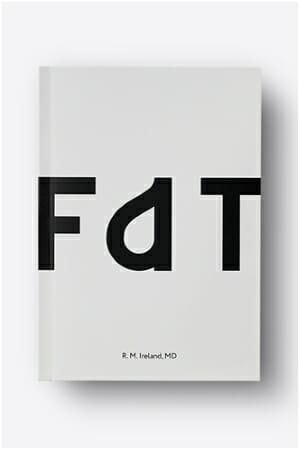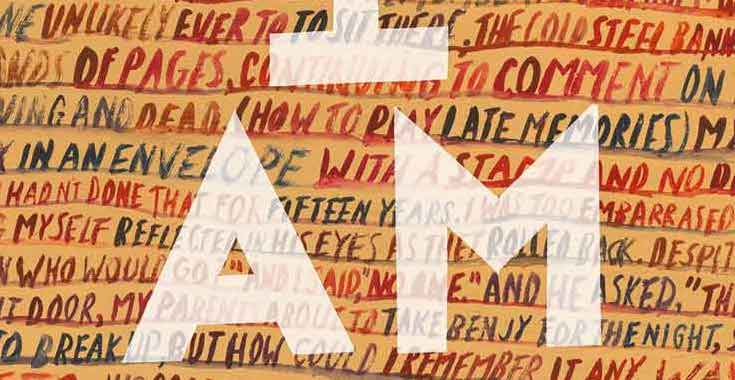By Calvin Emerson
If you publish in a genre or category where readers expect fresh and new book cover designs, it pays to know what the design trends are at any time. Like other forms of fashion, styles in illustration, typography, and visual approach change from time to time, and just by looking at recent covers you can see that the designs tend to replicate across the genre, with many similar covers every season.
Over at 99designs.com they have a good feel for where the fashion in cover designs is moving, since they get to see so many cover design projects. In this post, Calvin Emerson talks about trends to look for in 2018. Enjoy.
Sales studies have proven what book lovers have known for years: nothing can replace the experience of reading a print book. The smell, the paper feel, and even the book cover design all contribute that little something extra that ebooks — despite their best intentions — fall short on.
According to the Wall Street Journal, ebook sales in the U.S. were down about 17% in 2016, with print book sales up 4.5%, with the sales pattern expected to continue through 2018. That’s cause for celebration among book designers even more than authors.
But rather than rest on their laurels, the print book industry is doubling their efforts to cement their relevance in an increasingly digital world. Book design competition is shaping up to be fierce in 2018, especially for cover designs, as book cover design can increase buyer interest by 51% or more.
So to help you attract the love of bibliophiles everywhere, we’ve compiled a list of the 7 best book cover trends for 2018. Your average customers can recognize these trends without even thinking, so if a book cover isn’t up to date, shoppers will notice. And if your books don’t look new… they just look old.
1. Photo Collage


What’s better than powerful photography on a book cover? Two powerful photographs on a book cover! More and more covers experiment with deconstructing or combining photos into one in a collage format.
It’s not just for the aesthetic either. The role of a book cover is to convey the emotions, themes, and styles of the book itself. If you’re limiting your cover design to a single photograph, you’re limiting it to only the ideas in that photograph. Drawing from multiple photos gives designers more options to accurately show what the book’s about, no matter how complex or far reaching it is.
Not only is it a trendy design decision, but it can also prove a thrifty one. Constructing an image using parts of various photos allows for more customization at a lesser cost than commissioning original photography.
In practice, this is most often done with photo manipulation; image editing allows for transparent overlays and blending — viewers might not even realize the final product draws from different photos. Conversely, intentionally cutting and pasting like a kid with scissors is an aesthetic that’s growing in popularity. It all depends on the style of the book and the desired look and feel.
2. Muted Pinks


Sometimes design trends are interpretive. Other times, they’re very, very specific. The latter is the case with a specific shade of pink we’re seeing on covers over and over again; a muted, desaturated, dusty pink known semi-affectionately as “Millennial pink.”
Somewhere between quartz and rose, this pink seems to encompass the dichotomous essence of a new generation, rebellious but subtle. This seems to resonate with readers who want playful and serious at the same time — a characteristic of Millennials, hence the name.
As the new generation begins putting pen to paper, a distinct culture is emerging, and branding trends like muted pink signal are a part of that. This is a trend that transcends book covers and extends to all visual mediums. Advertisements, websites, social media posts — just keep your eyes peeled and you’ll see it everywhere.
3. Big and Bold


Big, bold typography has been a gaining popularity over the last few years and is giving no sign of slowing down.
This trend is epitomized by oversized text unapologetically taking up large portions of the space. Drawing attention to the title and author just makes sense for book cover design, but we’re starting to see new and interesting styles, like elegant serif-style fonts or borderline ridiculous chunky typefaces.
The trend itself has evolved over the years. 2018 is seeing more experimental typography, such as:
- brushstrokes
- feathered edges
- partial obscurity
- opacity and creative blending with raster content
- handwriting (another trend on our list)
Another advantage is that, by making the title stand out, more design can be allocated to the background imagery, or other elements. The alternative risks the imagery distracting from the text, and the shopper should never have to look too closely to find the title or author.
4. Fancy Finishes


Yes, you can read ebooks in the dark and, yes, they’re easier to carry around… but when was the last time you saw an ebook cover with gold foil stamping?
Capitalizing on the physical capabilities of their form, print books are bringing back classic treatments like foil stamping, embossing, and gloss lamination. These fancy finishes can certainly be attention-grabbing, but they can also add artistic accents that bring a book cover design together.
This trend works particularly well with another on our list, minimalism. For minimalism to be most effective as a cover style, it has to subtly compensate for its scarcity of design elements by making those few visuals really stand out. Finishes take care of this naturally, plus you want to use them sparingly anyway — we’re not selling disco balls here.
5. 70s and 80s Retro


It wouldn’t feel like 2018 if it didn’t feel like the 80s. Nostalgia is (ironically) the most prominent style of recent years, with all the remakes, reboots, and throwbacks in current film and TV. Book covers are not immune from the retro style, and we’re expecting to see a resurgence of 70s and 80s visuals.
To be perfectly clear, the retro revival trend is manifesting itself in not one but two major ways:
- A revival of retro elements like typography, patterns, color schemes, and imagery
- Directly mimicking book covers of the 70s and 80s
That opens up a lot of doors for book cover designers. They can go full retro and design a cover in the same fonts and styles as the 70s and 80s, matching it to books from the period. Or, designers can pull individual elements from that era — a pastel color scheme, a psychedelic font — and mix them with more contemporary elements for a distinctly original feel.
6. Hand-drawn covers


Harkening to the popularity of DIY, many book covers are foregoing a more polished and manufactured look for something a little more homespun. This means more designs featuring either hand-drawn illustrations or script-style fonts.
Interestingly, the hand-drawn trend lends itself best to two opposing genres. On one end of the spectrum, you have the edgy and gritty New Pulp style; on the other, a warm and almost childlike style, but both the trend paradoxically works for both. Much of the interpretation depends on the words and accompanying imagery, but in general this style fits nicely with a true crime novel or a quirky cookbook, rather than a political biography.
7. Less is More


Can’t find the perfect background? How about no background at all? Minimalism is the perfect alternative to the more ostentatious trends on this list, going back to design basics to communicate more by showing less.
The idea behind minimalism is to emphasize the most important visual elements by removing as much as possible. If the only thing on a book cover is the title, the title gets all the attention. A designer can even influence how the shopper interprets the title with selective typography like stylistically broken fonts or contrasting serif and sans-serif typefaces. Conversely, if the book cover has the title, a bold font, and a hodgepodge of distracting images in the background, the message can be muddled. In short, the more elements in the design, the more difficult it is to control how these elements are digested.
The important thing is to make sure it’s not boring. Reducing the visual elements is just step one; you must also make sure the remaining elements are stimulating enough. As mentioned above, textural treatments like gloss or foil can help, but you also want to make sure to accentuate individual elements and to play with nuance.
Takeaway
Even if you’re relying on a designer to craft your cover, it’s still important to keep your finger on the pulse of current trends. It helps the design process to have an idea of what you want; otherwise, the designer is just shooting in the dark. Understanding the look and feel you’re aiming for — even if you have trouble putting it into words — is a crucial first step when working with a designer or design platform like 99designs.
It also helps to understand why the designer made some of their choices. If you don’t follow what’s in vogue, book covers that are completely in line with the times may seem strange. Staying informed about the latest trends is just good business; all you have to do is pay attention to use them to your advantage.

Calvin Emerson works as a Marketing Coordinator out of 99designs’ office in Berlin, Germany. Originally from sunny California, he moved to Berlin in 2015 with degrees in Rhetoric and German from U.C. Berkeley. When not immersed in the world of design, interests include world cuisine, techno, street style, and historical documentaries.




